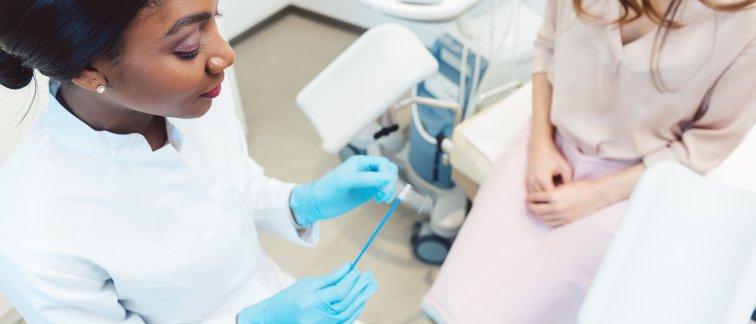Researchers from Amsterdam UMC and Utrecht UMC discovered that a specific vaginal bacteria greatly increases the risk of HIV infection. This bacteria, called Prevotella timonensis, is found in bacterial vaginosis. This is a disturbance of the natural balance of bacteria and fungi in the vagina. The study was published this week in 'EMBO journal'.
In 2020, half of new HIV infections were diagnosed in girls and women. They typically became infected through unprotected sexual contact. In the past, it has been found that a disruption of the natural balance of bacteria and fungi in the vagina, bacterial vaginosis, increases the risk of HIV infection. Even anti-HIV medications (PrEP) cannot properly prevent HIV infection in women with bacterial vaginosis. How it is that bacterial vaginosis leads to an increased risk of HIV infection was however not well understood.
Research findings
Recently, researchers Nienke van Teijlingen and Leanne Helgers discovered with laboratory tests that the bacterium Prevotella timonensis, which is present in bacterial vaginosis, greatly increases the risk of HIV infection. Vaginal mucous membranes contain so-called Langerhans cells; these are immune cells that normally protect against HIV by breaking down the virus. However, the bacterium Prevotella timonensis changes this Langerhans cell into a storage place where the HIV virus is protected and from where it can subsequently spread through the body. Also, the researchers show that HIV is insensitive to PrEP when it resides in these Langerhans storage cells.
These discoveries confirm the importance of proper treatment of bacterial vaginosis and suggest that screening for the specific bacterium Provotella timonensis may lead to lowering the risk of HIV among girls and women.
Learn more about HIV:
Zero new HIV infections is a possibility in the Netherlands (May 2022)
Discovery of new more infectious HIV variant (February 2022)
A good vaccine against HIV comes in threes (January 2022)
Read the scientific article here.

